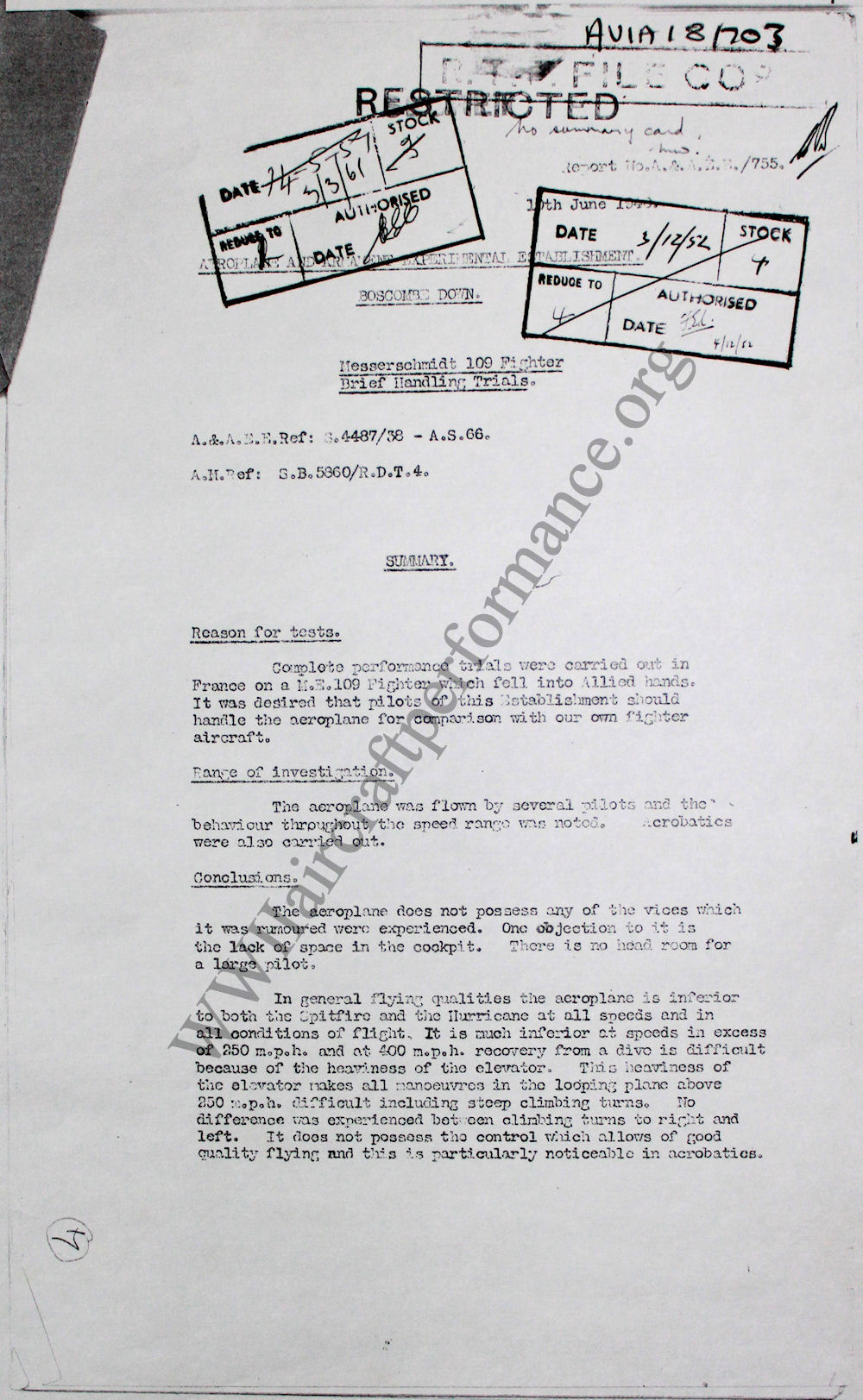
 |
|
#191
|
|||
|
|||
|
Sowhat exactly is the point of this thread? Crumpp certainly seems to be saying that and you are avidly defending him.
|
|
#192
|
||||
|
||||
|
Quote:
Something more concrete than a pilot saying "the spitfire was easy to fly" because you can't measure that, which means you can't code it. People think I'm here to neuter the spitfire because I have a Bf 109 in my signature. If they have the data and want to run the 109 through the same process I will accept any conclusion that the data supports. |
|
#193
|
|||
|
|||
|
He should've stopped there, for all this thread's been worth.
|
|
#194
|
|||
|
|||
|
Quote:
|
|
#195
|
|||
|
|||
|
I am sorry to remind it to some but the Hurri won BoB statically.
[OT_Mode=ON] The fact that the airframe reached his limitation and she was pull out of air to air action after BoB does not allow you to negate this fact in favor of the Spit. Also one thing that made the Hurri more stable is her thicker and more robust wings. The flexibility of the Spit was not the most suitable characteristic to put guns. I guess that the new wing design that came latter was also made to improve this. [OT_Mode=OFF] Is longitudinal instability suitable for a fighter ? There is different philosophy here. It would be too long to be discussed here but basically if you want a fighter to be fast and fly longer you'll make it stable. Pilot input are draggy (ailerons, elevators, rudder and most notable oscillation around the desired velocity vector). Power was low at the time. Speed being of utmost importance during WWII, basically, it would have been a bad choice to go for such a design philosophy. So, if some plane had some problem with instability it is more probable that these were unpredictable results sourcing from modification of the airframe, added equipment or bad predictions. For example the rear tank in latter Spits was seldom used and the Mustang was not allowed to fight with the rear tank not emptied. We all know that. The fact that the MkV was stretched forward of the CG might have been a way to reduce this problem. Anyway if you re-read the Spit MkII manual that was posted earlier (not the one on SptPerfdotCOM), it's clearly stated that there was a prob here. So I don't know what are all this debate for. Crumpp work (because it is obvious that this has taken time to compile for us) shld inspire at least some respect and being debated with arguments and not feelings. May I remind here that the Spitfire legacy is not privately owned by some individuals but belong to every one? Last edited by TomcatViP; 07-19-2012 at 06:46 PM. |
|
#196
|
|||||
|
|||||
|
Quote:
Quote:
Quote:
Quote:
Quote:
|
|
#197
|
|||
|
|||
|
Thanks for the context winny! Here is some more "context":
  
|
|
#198
|
||||
|
||||
|
Bingo!
Just as I was saying.. Fighters, than and now, intentionally design an alittle instability to make them more maneuverable! So I can understand how some modern civ pilots.. Who are already blinded by their agenda Could fool themselves into thinking a fighter that does not have the same stability attributes of their putt-putt cessna is a failure.
__________________
Theres a reason for instrumenting a plane for test..
That being a pilots's 'perception' of what is going on can be very different from what is 'actually' going on. |
|
#200
|
||||
|
||||
|
Quote:
Other than that, I agree with what you're saying, there are many problems with the FM, but I wouldn't call them generic where plane A turns better and plane B climbs better, but I understand what you're saying.
__________________
Bobika. |
 |
|
|